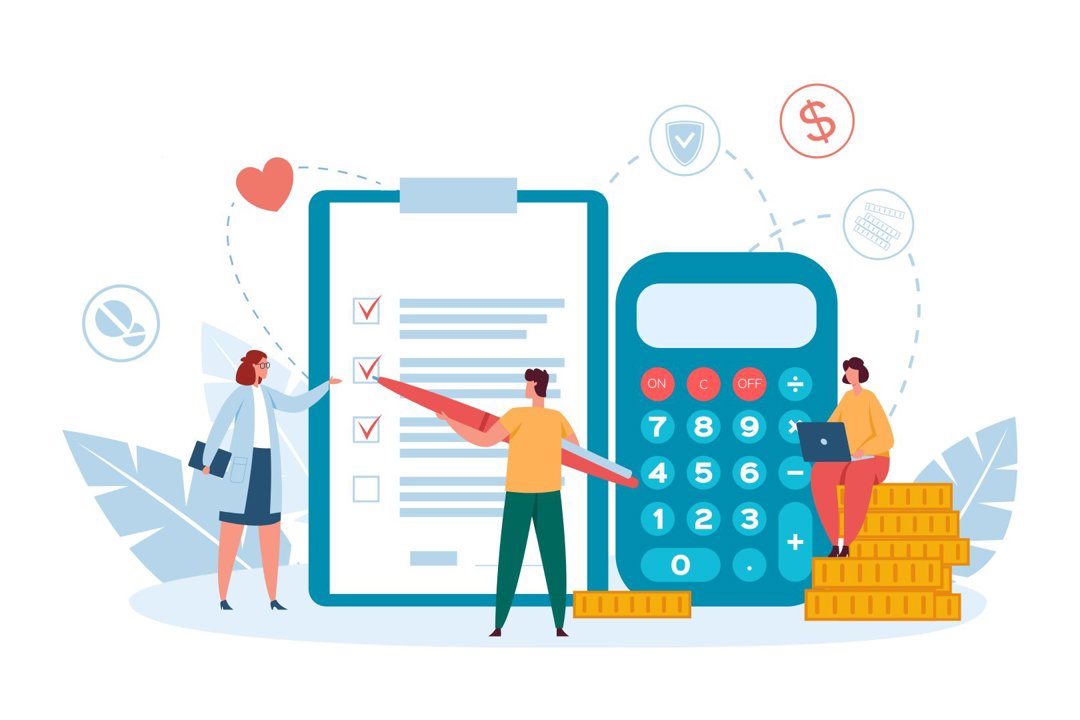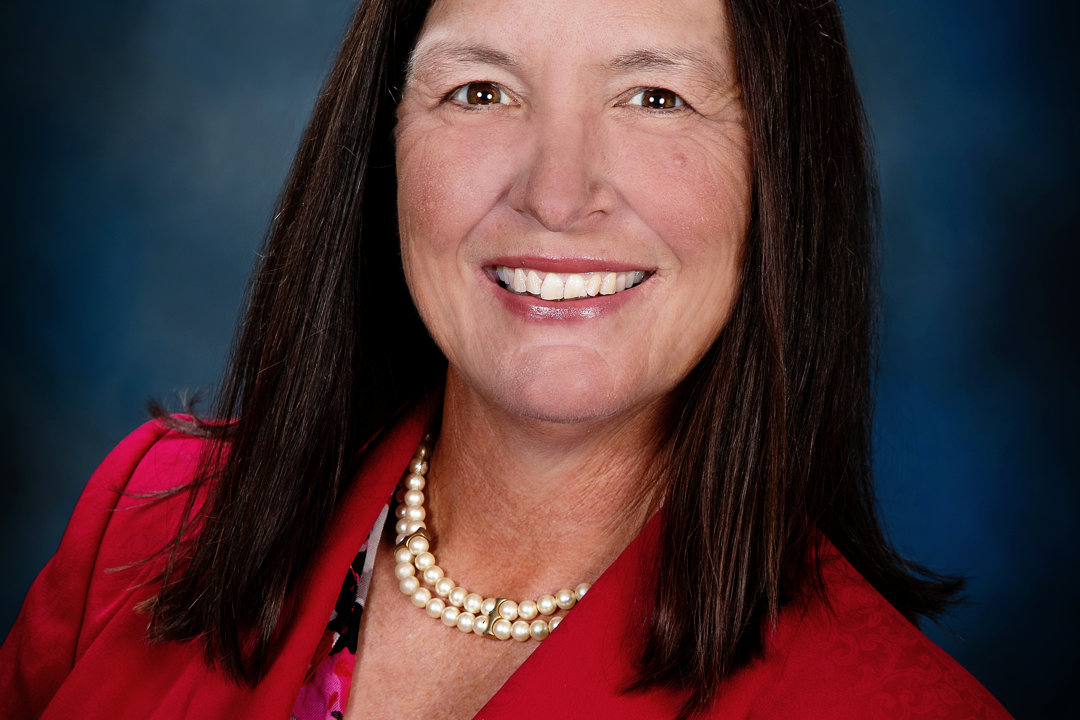
- Practice Management
No Surprise Billing: Rules for Charging Self-Pay Patients
The new rules for charging self-pay patients under the No Surprise Billing Act were designed to protect self-pay or uninsured patients from unexpected health care charges.
The No Surprise Billing “Self-Pay Rules”1 apply to virtually all licensed health care professionals and facilities, including physicians, advanced health care professionals, and their practices.2 The Self-Pay Rules became effective January 1, 20223 and were designed to protect self-pay or uninsured patients4 from unexpected health care charges.
The Rules require “providers”5 and “facilities”6 to give self-pay patients written estimates of “expected charges”7 before providing care.8 If the patient’s bill exceeds the estimate by more than $400, the patient can initiate a dispute resolution process (known as the Physician-Patient Dispute Resolution or PPDR process) through the U.S. Department of Health & Human Services (“HHS”) to obtain a binding determination of the amount owed. To reduce the risk of billing disputes and regulatory fines and penalties, physicians, advanced practice professionals, and their practices should develop and implement a policy and procedure to ensure compliance with the Rules’ requirements, listed below.
Identify uninsured or self-pay patients
The Rules require physicians and other licensed health care professionals to determine if a patient is uninsured or self-pay (“self-pay” will be used to refer to both).9 To make this determination, practitioners should consider implementing the following procedures:
- Ask patients if they have health insurance.
- Ask insured patients if they want insurance billed for the costs of care.
- Document patient responses to these questions in the medical record. It may be helpful to also note this on scheduling documents.
Give notice
Physicians and licensed health care professionals must inform all self-pay patients of their right to receive a good faith estimate (“GFE”) of expected charges before care is provided.10 Notice requirements include:
- Post a written notice. Practices can use a Model Notice11published by HHS. HHS considers use of the Model to be good faith compliance with the notice requirements.
- The notice must be prominently displayed (and easily searchable) on any website the practice maintains.
- Post the notice in the office where scheduling or questions about costs of care occur.
- Make the notice available directly to the patient in accessible formats and in the patient’s primary language.
- Provide oral notice during scheduling or when questions about costs arise.
Provide a Good Faith Estimate (GFE)
Physicians and advanced practice professionals must provide a Good Faith Estimate of expected charges12 to self-pay patients upon request and when care is scheduled. The Rules require health care professionals to consider any discussion or inquiry regarding potential costs to be a GFE request.13 Provide the GFE within the following timeframes:14
|
If the self-pay patient: |
Provide GFE no later than: |
|
Requests a GFE prior to scheduling |
3 business days after the request date (must also provide a new GFE at the time of scheduling) |
|
Schedules care at least 3 business days ahead of the anticipated date of service |
1 business day after scheduling |
|
Schedules care at least 10 business days ahead of the anticipated date of service |
3 business days after scheduling |
NO GFE IS REQUIRED if the care or service is scheduled fewer than 3 business days before the date it will be provided.15
What to include in GFEs
- The content of the GFE is governed by the Rules. To ensure compliance with the long list of required elements,16 practices should strongly consider using the Model GFE17 published by HHS. Although use of the Model is not required, HHS considers such use to be good faith compliance with the GFE requirements.
- For recurring services (such as monthly injections), physicians and advanced practice professionals may provide a single GFE covering up to 12 months.18
- To make accurate, timely estimates easier, practitioners should consider developing standard GFEs for common procedures or encounters.
How to provide GFEs to patients
- Provide a written GFE in paper or electronic format, depending on patient request.19
- When providing a GFE electronically, use a format that allows the patient to save and print.20
- A GFE must be written in clear, understandable language in a manner designed to be understood by an average self-pay patient.21
- When the patient requests, practices should provide GFE information orally (in person or by phone). A written GFE must also be provided.22
What about changes to GFEs?
If a practice knows of or anticipates changes23 to a GFE that was provided at the time of scheduling, provide an updated GFE at least 1 business day prior to the date of service.
File GFEs in the medical record
A GFE is part of the patient’s medical record. On request, physicians and practices must provide a copy of any GFE prepared for a patient within the last six years.24
What if the final bill exceeds the GFE?
If charges exceed the GFE by $400 or more, the patient may challenge the bill and initiate the PPDRg through HHS. The basics of the process include:25
- Patient initiates dispute resolution by submitting notice to HHS and paying an administrative fee within 120 days after receiving the disputed bill.
- HHS selects an arbitrator.
- Arbitrator notifies provider/facility if he/she determines the matter should proceed.
- Within 10 days of arbitrator’s notice, provider/facility must submit the GFE, billed charges, and any documentation to establish that the difference reflects:
- The cost of a medically necessary item or service; and
- Is based on unforeseen circumstances that could not have reasonably been anticipated when the GFE was issued.
- The arbitrator will issue a decision26 within 30 days that is binding on both parties. Depending on the evidence, the arbitrator may limit the charges to the GFE, permit the full amount of the billed charges, or specify an amount in between.
- The losing party pays the arbitrator’s fee.
- If the dispute is settled during this process, notify the arbitrator within 3 days.
While the process is pending:27
- Do not send or threaten to send the bill to collections.
- Cease any ongoing collections efforts.
- Stop late fee accruals.
- Do not take or threaten to take any punitive action against the patient for disputing the charges.
What are the penalties for non-compliance?
Besides the risk of non-payment if a bill exceeds a GFE, failure to comply with the Self-Pay Rules may result in enforcement action by state or federal agencies.28 States have primary enforcement responsibility, but if a state fails to act HHS may impose a corrective action plan and/or civil monetary penalties up to $10,000 per violation.29
What additional requirements will take effect in 2023?
The Self-Pay Rules differentiate between “convening providers/facilities” and “co-providers/facilities.”30 Convening providers are generally where the patient schedules the primary service, while co-providers/facilities furnish services in conjunction with the primary service. For instance, if a patient schedules a joint replacement procedure in an orthopedic surgeon’s office, the surgeon is the convening provider. Co-facilities and providers may include the hospital and the anesthesia group used for the procedure.
Under the Rules, convening providers/facilities are required to contact co-providers/facilities to request GFEs to incorporate into the final GFE the convening provider gives the patient.31 HHS understands that it will take time for convening and co-providers to develop procedures for this information exchange and will not enforce the requirements to gather GFEs from co-providers/facilities until January 1, 2023.32

